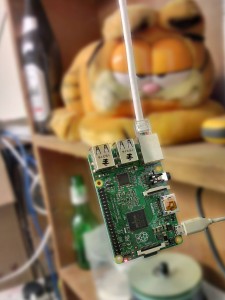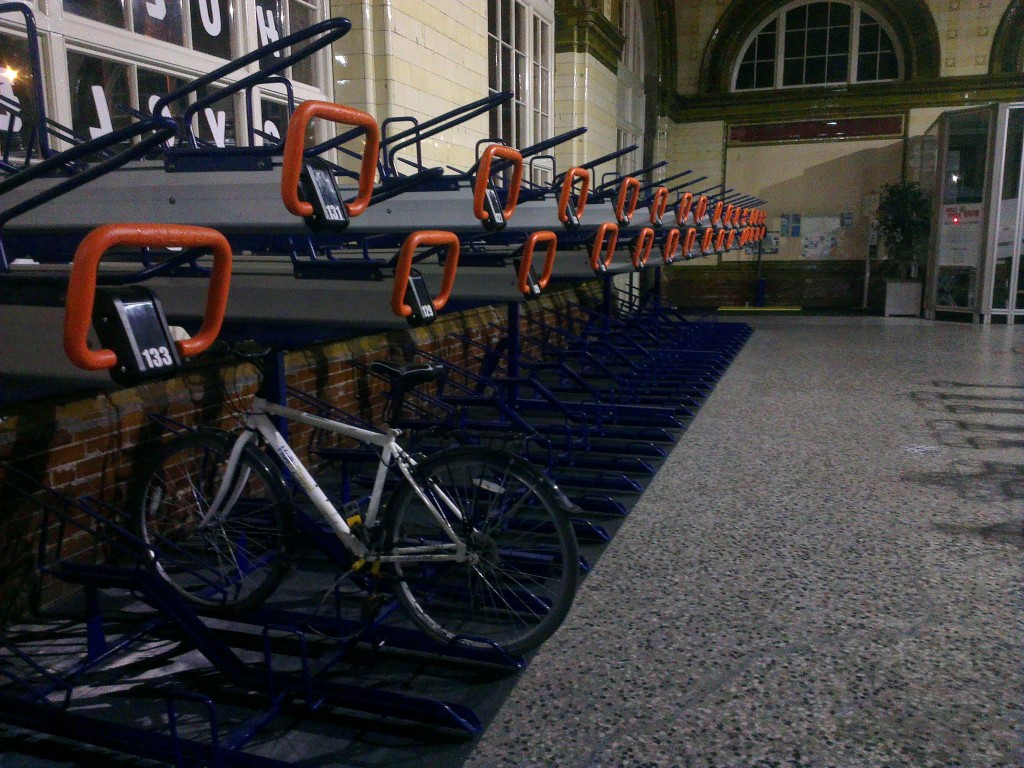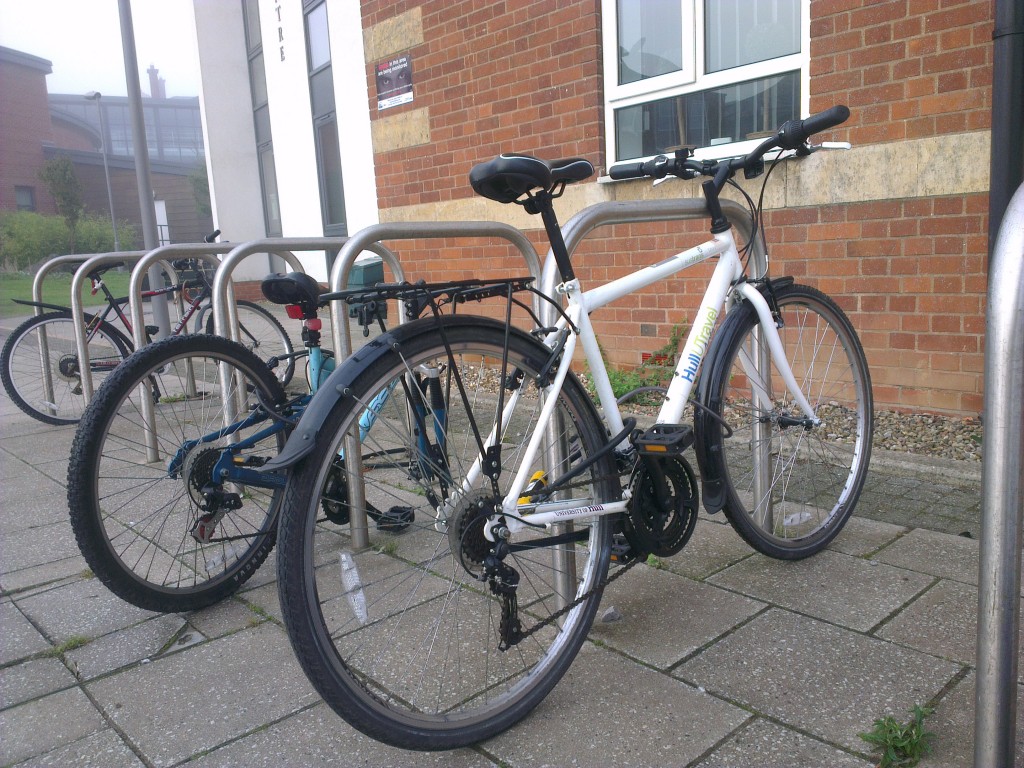Reading Time: 5 minutes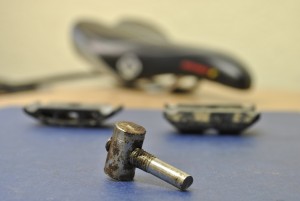 We, the cycling advocates, want more people to cycle. We dedicate our time to producing useful material for new cyclists and people who are thinking of taking up cycling. Are we barking up the wrong tree though?
We, the cycling advocates, want more people to cycle. We dedicate our time to producing useful material for new cyclists and people who are thinking of taking up cycling. Are we barking up the wrong tree though?
Articles on how to get the right bike, what clothes to wear, how to pick the right helmet, how to ride in traffic, how to ride in the countryside, what tools to take, how to maintain a bicycle, what the best sub-miniature lightweight pump for mid-distance touring rides is…
It’s all meant well. It’s all meant to try to help people. If I put myself in the position of someone thinking of taking up cycling though I see something different. What I see is a lot of articles telling me how complicated cycling is. I need to make sure I have the right bike, the right clothing, the right helmet, the right tools. I need to remember how to ride in traffic, how to ride at a roundabout, when to take the lane and when not.
I recently cycled to an event where I met a lot of new people. We were all waiting around, talking about this and that and I started to become aware that there were a lot of people listening to me and I was being asked a lot of questions about how I came to cycle there.
No, I haven’t changed my clothes – I cycled here in this pair of smart trousers and shirt. No, I don’t have cycling shorts on underneath that would be really uncomfortable.
No they’re not special cycling trousers or a special cycling shirt. They’re just good quality, comfortable clothes.
No, there aren’t any showers and I don’t need a shower because I cycled here at a sensible pace. It wasn’t a workout.
About 37 years.
Actually I didn’t wear a helmet today. Yes they do help in certain types of crash but they’re not some kind of magic bullet that will save you if you’re run over by a train. They do reduce the risk, yes. Sometimes I do wear a helmet, I’m not quite sure how I decide when to and when not to.
No actually, most helmets have vents in them, vents large enough that you can lock the helmet to the bike to the bike rack.
I’m wearing a blue and white spotty shirt. That’s not a naturally occurring phenomenon in most environments.
It’s locked to the bike rack at the front of the building. No, it’s not an expensive bike. Yes it is actually covered by my house insurance.
It didn’t look like rain so I didn’t bring a coat. It’s not a freezing cold day so if it rains on the way home it’s no biggie. I’ll just change when I get there.
No, a couple of miles isn’t far.
No, it’s a couple of miles. That really isn’t far enough to cause any kind of problem that would need that sort of cream.
No I’m not super-fit.
No, I actually avoided that and took the cycle path that goes across the docks. I have cycled round there before though and it’s not as scary as you might think. Remember you’re higher up on a bike so you can generally see better than cars can.
No, actually most drivers are really good. There are always a few idiots and yes they’re far scarier when you’re on a bike. No actually, I’ve not had a serious crash on the road in all the 37 years I’ve been cycling.
No, I don’t have a spare tube or a puncture repair kit. I’m in town, there are cycle shops and even if there weren’t it’s a couple of miles. I can walk. Punctures are uncommon anyway, modern city [puncture resistant] tyres are pretty good at stopping them.
If I’m right and this was a representative sample of the public then we have a bit of an issue. The message that we want to get across is that cycling is fun, practical, cheap, easy, safe and something that anyone can do.
The message that we seem to be getting across is that it’s expensive, complicated, dangerous and requires a Lycra Licence.
So what can we do about it? I don’t think we should start un-publishing the articles that are out there – many of them are really good and contain a lot of useful information. I think the problem stems from the fact that most of us cycling advocates are sports and leisure cyclists. We invest time and money into cycling because it’s a hobby. We want to share that with other people and that’s great, but we’re bringing the wrong character. We’re bringing the person that loves to cycle 25 miles through the rolling hills to that great little café by the brook that does the proper tea and the millionaire shortbread with that really thick caramel layer.
It’s an intoxicating image, but distances like 25 miles are going to put the willies right up a potential new cyclist. The idea of being 25 miles from home with a machine they don’t understand and can’t maintain is pretty scary too. Group rides are terrifying because they’re afraid they’ll hold everyone up and Lycra – which many seem to believe is mandatory – requires way more (body) self confidence than most people have.
Yes we’re selling the dream, but it’s too big, too far away for most people to grasp. They will get there, if they want to get there, but we need to start smaller.
For instance, many of us aren’t just leisure or sports riders. We also use a bike to pop to shops or to commute to work. We don’t do that in Lycra riding a Santa Cruz Nomad. OK, so most of us don’t use a battered 2nd hand beater bike either, but we could do. We need to try to get across the the joy of just being able to grab the bike and go – the freedom that comes with not being strapped into a little metal stress box, even on short journeys. We need to place cycling as a part of everyday life, something that normal people can easily do and as a cheap, effective and safe way of enriching your existence.
For want of a better way of putting it, we need to humanise cycling. Make it normal, accessible, everyday. We need to place them in the saddle.
We need to talk about things like how social cycling is – and I don’t mean meeting other cyclists because the idea of a cafe full of people in cycle gear chatting about the latest carbon fibre seat clamp scares the hell out of most new cyclists. I mean things like my neighbour, the keen gardener who always waves and says “Hi” when I pass.
Cycling is about connecting with the environment, being part of life.
Climate control, cruise control, stereo, sat nav, cooped up in a little sound proof reinforced cage. That’s about isolating you from the environment, from the journey, from life. Driving is the nearest thing you can get to posting yourself somewhere, all wrapped up nicely in a neat package to be delivered. Sometimes that’s just how it has to be but when it doesn’t we have the opportunity to be part of something so much more fulfilling.
Out of bread? Just grab the bike and go, past the flowers in Mary’s garden that always smell so nice at this time of year, the fields we can see from the top of the hill that stretch for miles and miles all different colours, the little cottage that we’d definitely buy if we had the money and then play the game of can I make it down into the village without having to peddle again?
Walk into the village shop where Carol lets you know that they’ve just got in some of that bread you really like… Go past that cafe, it smells good so just turn round, lock the bike up outside and pop in for tea and a cake because… because it’s Tuesday!
You don’t need to ride 100 miles, you don’t need a £4000 bike, bib-shorts and a comprehensive track toolkit to do that, to be that person, to be that engaged with life.
You just need a bike.
That is the message we need to get across.
 So you know about the Trace facility in System.Diagnostics, right? If not then you should because it’s really rather handy. It provides a set of static methods that you can call to write out trace information to any number of connected “Listeners” which you can define in code or in config.
So you know about the Trace facility in System.Diagnostics, right? If not then you should because it’s really rather handy. It provides a set of static methods that you can call to write out trace information to any number of connected “Listeners” which you can define in code or in config.

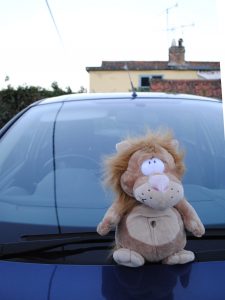
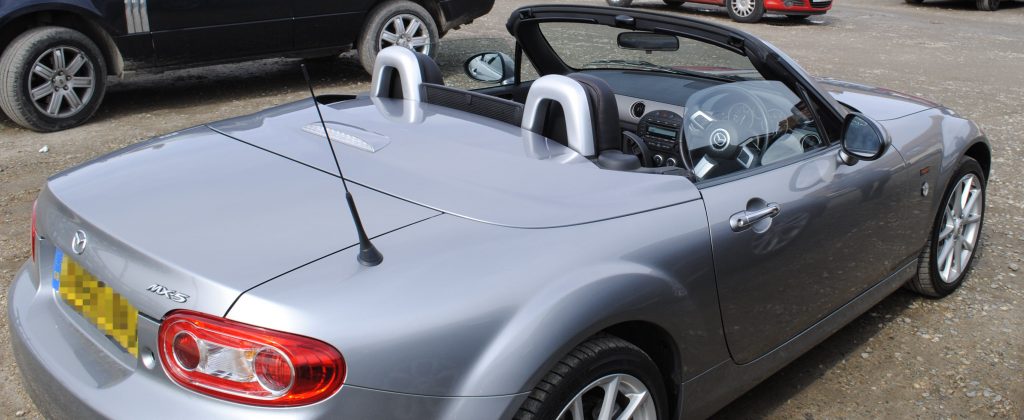
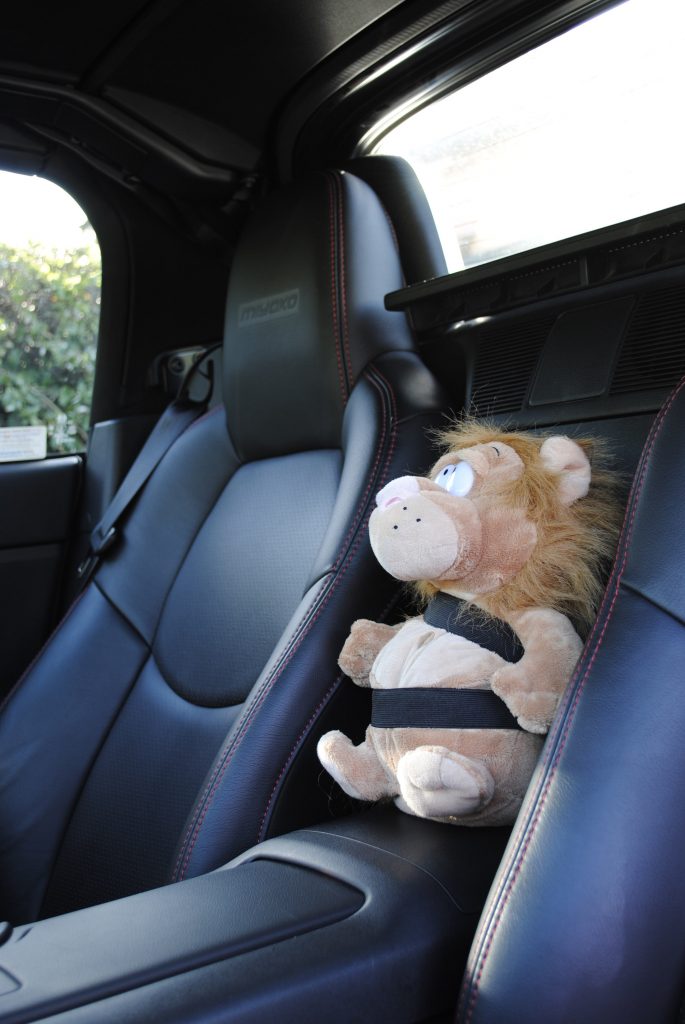
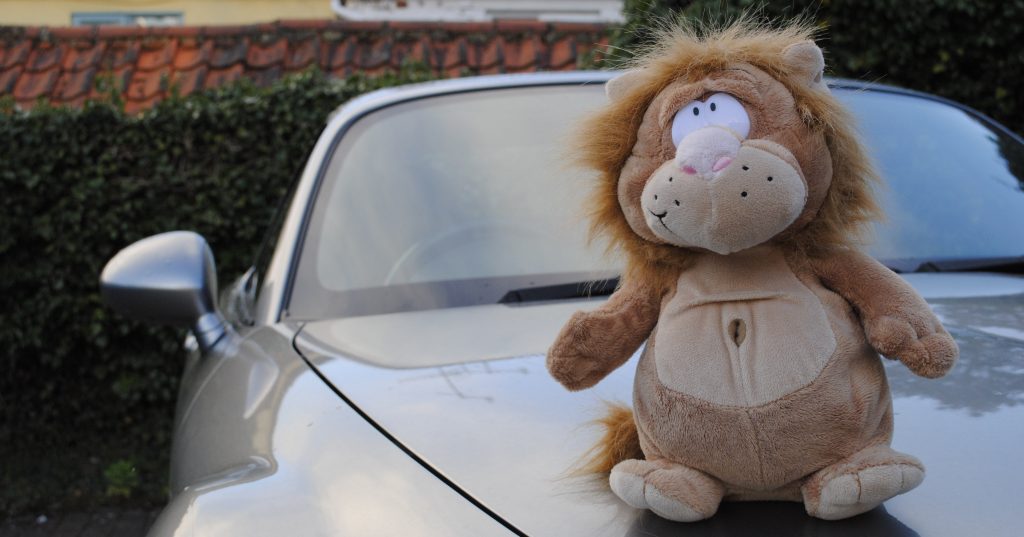


![Ipswich Civic College [(c) EADT]](http://www.tomfosdick.com/wp-content/uploads/2016/03/civicCollege-300x213.jpg)

